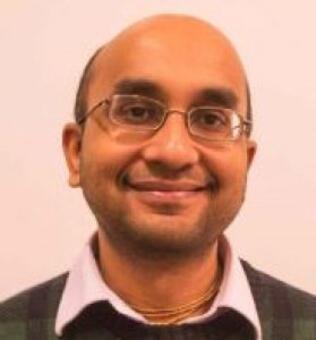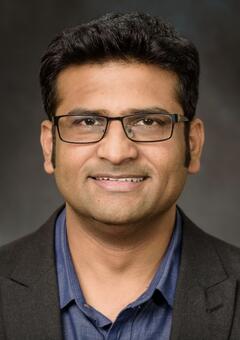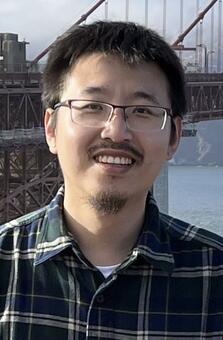Improving stroke rehab is so fucking simple! Stop the 5 causes of the neuronal cascade of death in
the first days, thus saving hundreds of millions to billions of neurons from dying. With not nearly as many dead neurons to recover from; the existing stroke rehab might work a lot better! You're going about this wrong, rehab is unlikely to get much better, so preventing neuronal death makes a lot more sense. Or don't you have any sense?
Research Team Using Deep-Learning Algorithms to Improve Stroke Rehabilitation
By Dave DeFusco
A Katz School-led research team is building a framework for improved stroke rehabilitation that can take surface electromyography (sEMG) signals from the activity of arm muscles, address the signal inconsistencies using novel processing methods and predict gestures using deep-learning algorithms.
“By addressing non-stationarity of sEMG signals using efficient signal decomposition algorithms, this research helps improve gesture classification accuracy by providing better support to stroke subjects,” said Dr. Sai Praveen Kadiyala, a postdoctoral research fellow in the Katz School's M.S. in Artificial Intelligence. “The research is also helping to build optimal exoskeletons that can offer effective stroke rehabilitation.”
Dr. Kadiyala and colleagues from Yeshiva University, University of Maryland Baltimore County (UMBC) and City University of New York (CUNY) presented their work in December at the IEEE Engineering in Medicine and Biology Society (EMBS) International Conference on Data Science and Engineering in Healthcare, Medicine and Biology in Malta.
In their study, “Novel Hand Gesture Classification Based on Empirical Fourier Decomposition of sEMG Signals,” published in IEEE Xplore, the researchers compared two signal processing techniques. One is called Empirical Fourier Decomposition (EFD), which breaks down electrical signals into parts, allowing researchers to extract valuable information about the underlying dynamics and structure of the signals. The other is the Empirical Wavelet Transform (EWT), which decomposes a signal into a set of wavelets that captures transient features and localized changes in a frequency within a signal.
The researchers found when using EFD to decompose a signal, it required a lower number of frequency components compared to EWT to retain a significant portion of the original data’s information. Specifically, to capture 90% of the information from the original data, the EFD approach needed 5.96% fewer components compared to EWT for the original dataset.
“EFD is a versatile technique that can be applied to various types of non-stationary signals, which vary with time, for tasks such as feature extraction, classification and pattern recognition,” said Ke Chen, a 2022 Katz School graduate and co-author of the study.
The researchers validated their approach using the Non-Invasive Adaptive Prosthetics database, or NinaPro, which is publicly available and commonly used in research related to sEMG signal processing and analysis. The database consists of 40 subjects but to avoid bias, 10 subjects were randomly selected and all 17 gestures corresponding to finger and wrist movements for these subjects were considered.
“The dataset comprises recordings from multiple subjects, typically individuals with intact hand function, as well as those with upper-limb impairments,” said Dr. Ramana Vinjamuri, associate professor of computer science and electrical engineering at UMBC. “This diversity allowed us to study a wide range of hand gestures across different populations.”
EFD is particularly useful for analyzing signals with non-stationarity characteristics, such as EMG signals, which exhibit changes over time. In the context of EMG signals, non-stationarity can arise due to factors such as changes in muscle activity, fatigue, electrode shift, unwanted movements and environmental noise. These changes can affect the frequency content, amplitude and overall pattern of an EMG signal, making it challenging to analyze and interpret accurately.
“Addressing
the non-stationarity of EMG signals is crucial for developing effective
signal processing techniques and classification algorithms,” said Dr.
Ashwin Satyanarayana, an associate professor at CUNY, “especially in
applications such as gesture recognition, prosthetics control and
rehabilitation.”



No comments:
Post a Comment